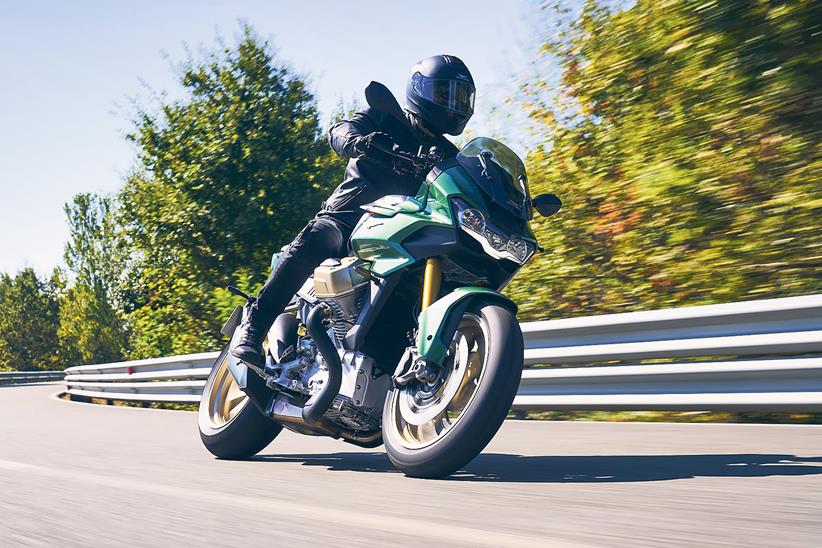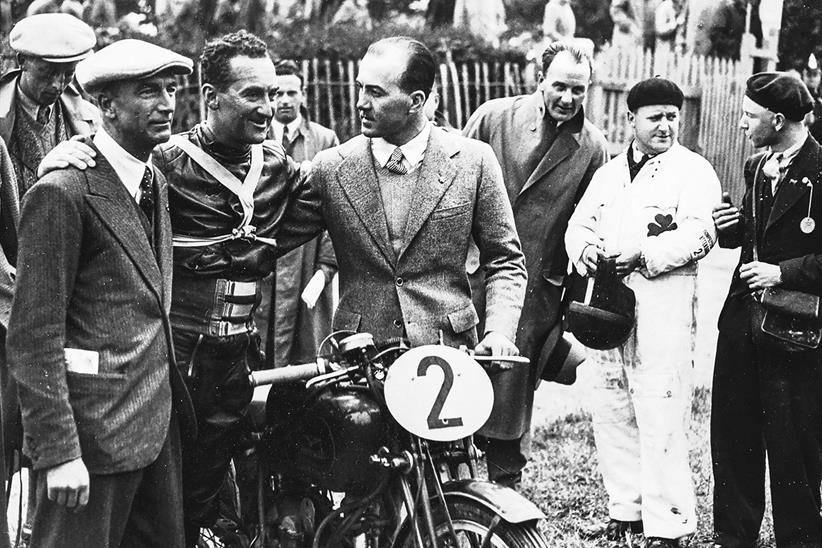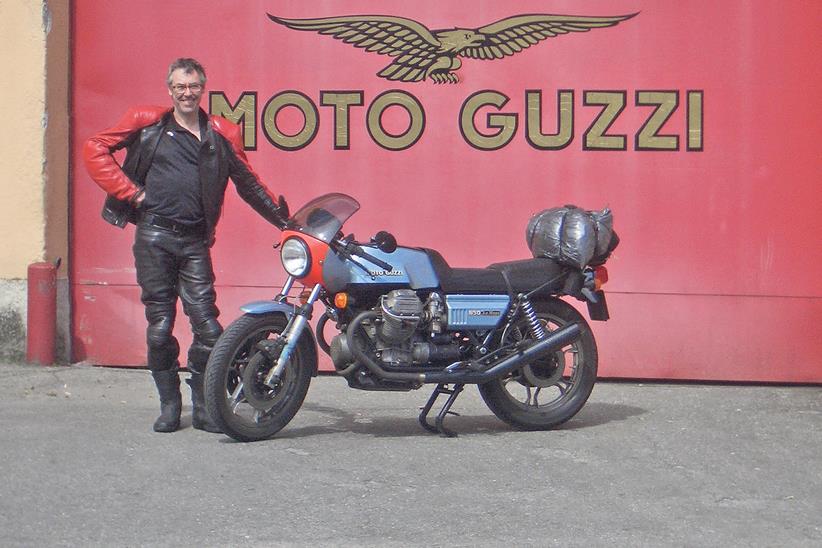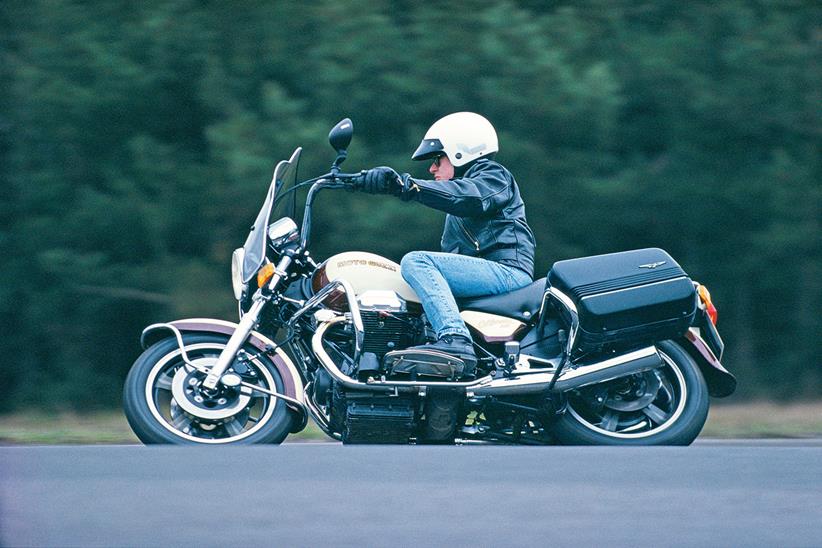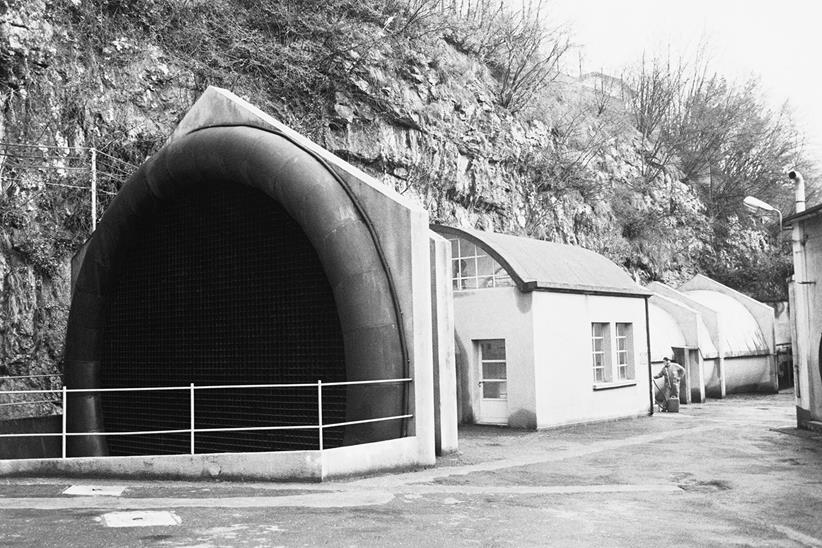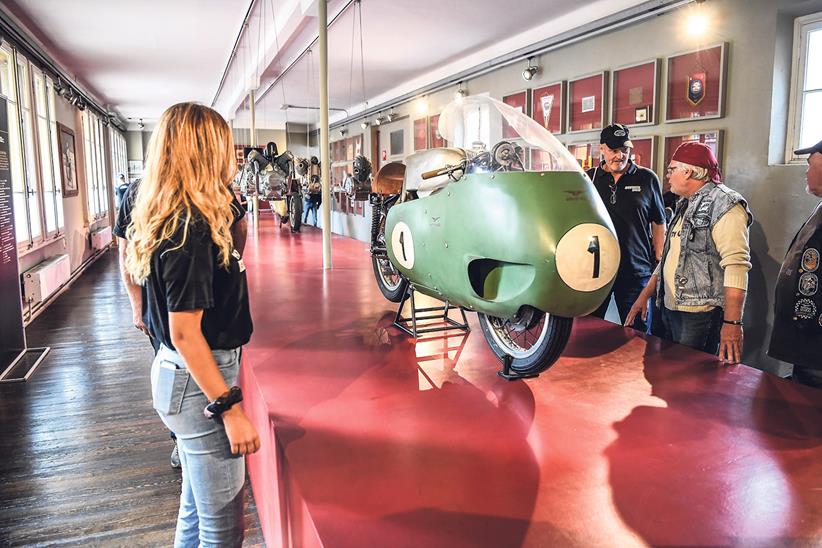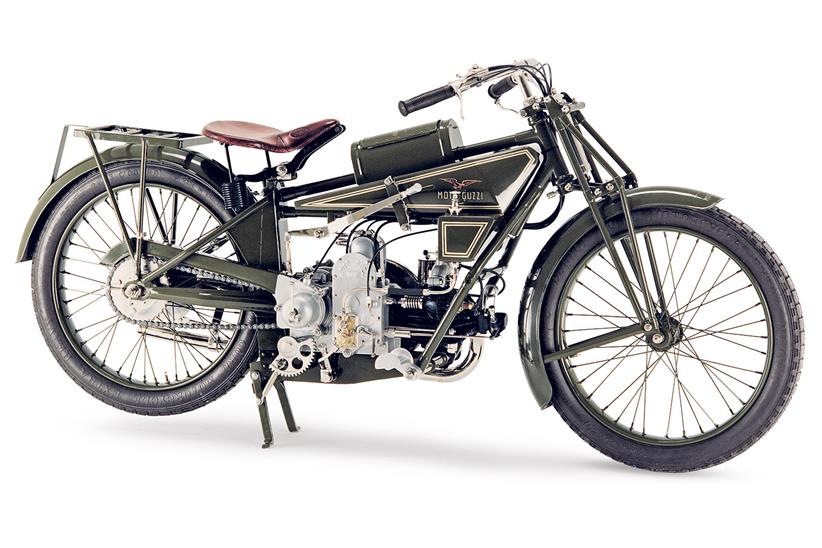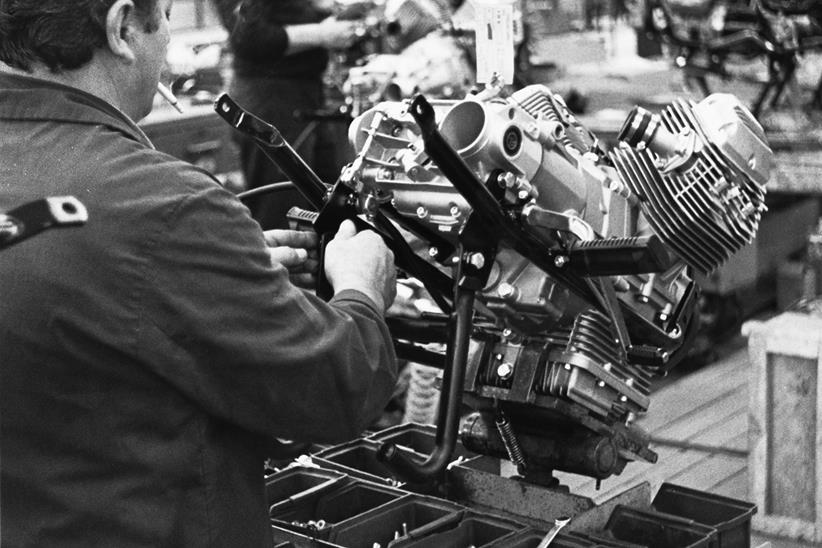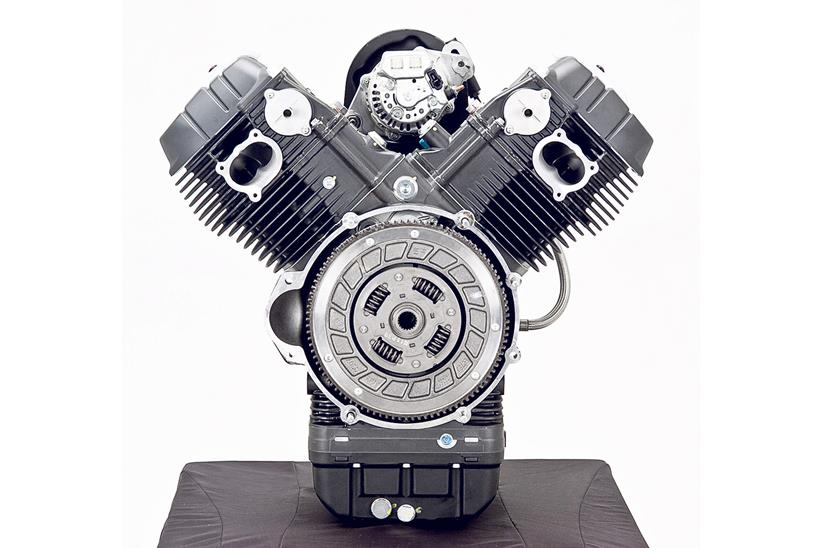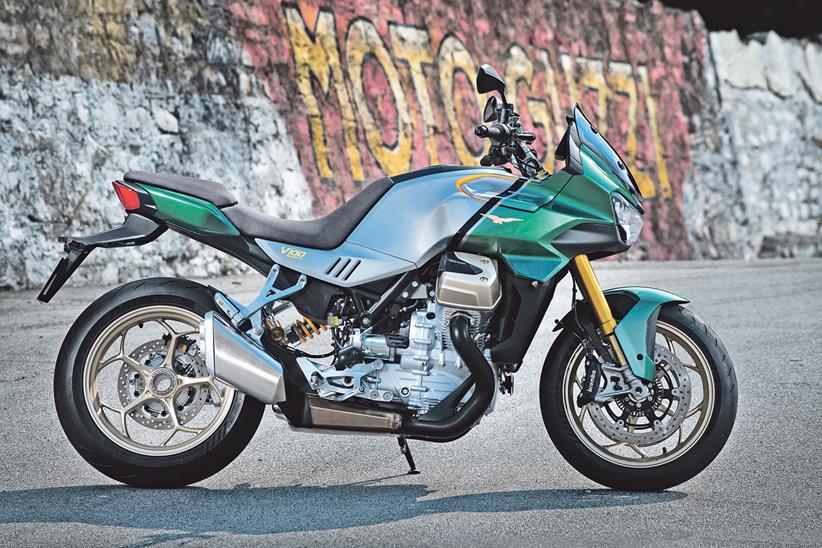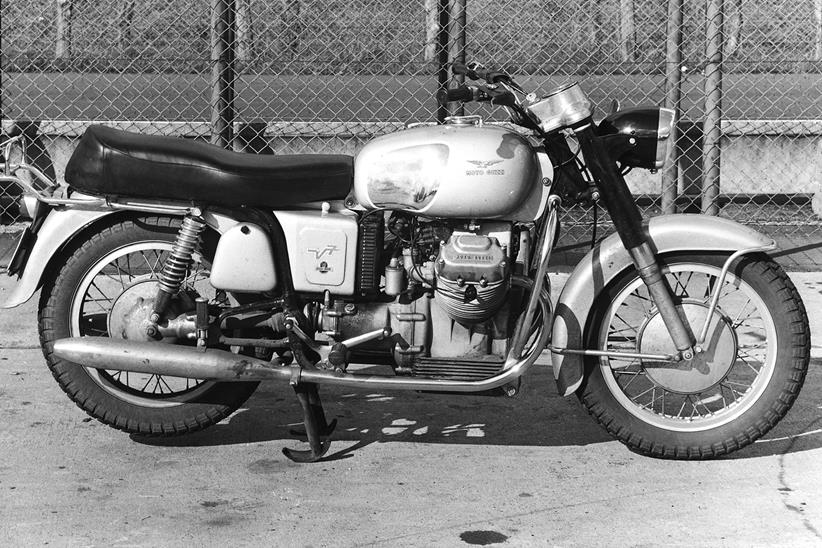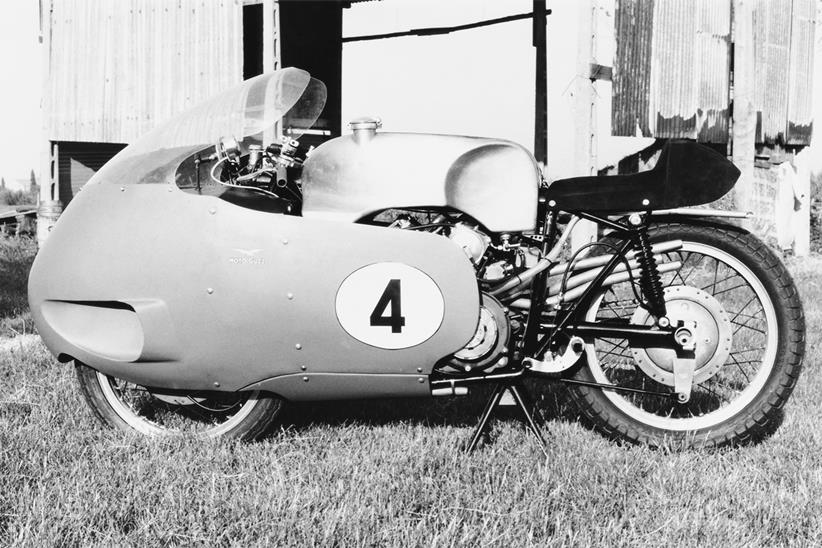100 years of Moto Guzzi: we trace the up-and-down history of one of biking’s most important brands
2021 will inevitably be remembered most for the worst of reasons – Covid-19, the retirement of MotoGP GOAT Valentino Rossi… but 2021 also marks one of the biggest anniversaries of all – the 100th birthday of Moto Guzzi, the oldest European manufacturer to remain in constant production.
And while the pandemic forced the cancellation of a huge party at Guzzi’s historic HQ on the banks of Lake Como, while at the same time much of the marque’s recent history has been dominated by turmoil, there’s plenty to celebrate.
Related articles on MCN
- Harley-Davidson Fat Boy: A history of the cruiser that put Harley back on top
- MV Agusta celebrate 75 years of building soul-stirring bikes
- Yamaha RD350LC at 40
The first 50 years saw the growth of a true Italian powerhouse, dominating lightweight bikesport in the 1930s, becoming the nation’s biggest bike firm in the 1950s and, in the 1970s, coming up with not one but three Italian classics – the V7 Sport, California and Le Mans.
![]()
And even though the 1980s through the Noughties saw decline, successive takeovers and few bikes worth getting genuinely excited about, Guzzi has been resurgent in recent years with its V7 retro roadster and reinvented California. While the announcement of a redevelopment of its factory plus an all-new V-twin, is the most exciting Moto Guzzi news in years.
But where did Guzzi come from in the first place? What have been the highlights (and lowlights) and which, over those 100 years, have been the standout bikes? There’s no better time than now to look back.
No ‘Normale’ start
![]()
Like many motorcycle companies, Moto Guzzi’s origins came directly from the cessation of war. But where Honda and Piaggio found success providing affordable transport to WW2-devastated populations, Moto Guzzi was the pet-project of two Italian pilots and their mechanic at the end of World War One.
The three were pilots Giovanni Ravelli and Giorgio Parodi, with mechanic Carlo Guzzi. Parodi, who was from a wealthy family, would finance the venture, Guzzi would engineer the bikes and Ravelli, already a famous racer, would promote the venture.
Tragically, however, the latter was killed in an aero crash shorty after the war ended. Guzzi and Parodi decided to commemorate him with the now legendary ‘spread eagle’ logo.
![]()
Guzzi and Parodi, along with Parodi’s brother, Angelo, founded the company in 1921 based in Mandello. The very first bikes were badged ‘G.P.’ (for Guzzi Parodi) however this was swiftly changed to ‘Moto Guzzi’ when the Parodi family requested to shield their shipping business from the venture.
They needn’t have worried. The first bike was a Guzzi-designed, horizontally-mounted, 500cc single, the ‘Normale’ which proved such a success the layout formed the basis of nearly all Guzzis for 45 years.
Another factor in Guzzi’s early success was racing. As originally intended, from the outset Moto Guzzi successfully used bikesport to promote its activities. In its first year it won the prestigious ‘Targa Florio’ and in 1935 famously claimed a TT double with Stanley Woods.
![]()
Then, in the ‘golden years’ of the 1950s, by which time Guzzi was Italy’s largest bike manufacturer, its Mandello factory had expanded to cover over 24,000sqm, employed over 1500 and included the world’s first motorcycle wind tunnel, it won five consecutive 350cc GP world crowns.
However, all of that quickly changed. Although between 1955 and 1957 Moto Guzzi developed its most ambitious racer yet, the 500cc, V8 ‘Otto’, the end of that decade also saw a collapse in motorcycling globally as buyers turned instead to a new breed of affordable microcars such as Austin’s Mini and Italy’s own Fiat 500.
In response, Guzzi, along with compatriots Gilera and Mondial, pulled out of GP racing entirely for 1958. It wasn’t enough. By the mid-1960s, with the original Guzzi founders either dead or retired, bike sales stalling and the factory’s attempts to move into scooters fiercely blocked by Lambretta (who threatened to move into bikes if Guzzi produced a small-wheeled scoot), the ‘Grand Dame’ of Italian motorcycling was in deep trouble.
Record production figures
![]()
Yet out of adversity a ‘new’ Guzzi was born. With one eye on the big American touring market but also encouraged by a government-sponsored competition to develop a new, large capacity police motorcycle, Guzzi had been working on an all-new, large capacity V-twin since the early 1960s.
A novel, transversely-mounted, air-cooled, 90-degree 700cc V-twin designed by Giulio Cesare Carcano (who also designed the V8 racer) was the result and although the first model, the V7 in early 1967, wasn’t a huge success, the variants that soon followed certainly were.
Nationalised that year and taken over by SEIMM, a state-controlled receiver, Guzzi now had the funding to further develop the new V-twin and was encouraged to explore new avenues.
![]()
In Europe the V7 was improved first into the 750cc V7 Special then tuned and lightened into the 1971 V7 Sport, which became the catalyst for a whole family of Le Mans sportsters.
While in the US, importers Berliner Motor Corporation approached the Los Angeles Police Department and offered to build them a new patrol bike to their exact spec based on the V7.
The result was the 1969 750cc V7 Police Special, the LAPD placed a big order and Guzzi responded by adding a civilian version, the 1969 Ambassador, later called the Eldorado.
Both were more touring-style machines with big tanks, comfortable seats and electric start only and proved so successful they helped Guzzi post record production figures in 1971 of over 46,000 machines.
![]()
Nor did it end there. After the police versions were famously used in Clint Eastwood’s Magnum Force movie, the Eldorado was reinvented as the first California for 1973, grew to 850cc, had even closer black/white styling to mimic that of the police bike and sales took off.
Then, in 1975, the same year as the first Le Mans was launched, V7 Sport designer Lino Tonti created the further updated ‘T3’ family, distinguished mostly by their novel triple linked brakes. With it, Guzzi was truly back among the European motorcycling elite.
In truth, it didn’t last and Guzzi never approached those record production figures again. Although the early Californias and Le Mans were a success and, under De Tomaso ownership (the sports car firm bought SEIMM along with Benelli and Maserati in 1973), Guzzi returned to profitability, by the 1980s Guzzi was struggling.
Successive ‘marks’ of the Le Mans and California followed and a new ‘small block’ V-twin family, designed again by Tonti and launched as the V35 in 1979, helped, but underinvestment and uncompetitive models saw Guzzi teeter towards bankruptcy.
The Piaggio era
![]()
A flash of new hope came in April 2000 when ambitious Aprilia bought Moto Guzzi for a reported $65m and set about modernising Mandello and raising the quality of its then V11 family. But when Aprilia itself floundered in 2004, forcing the brief halting of the Guzzi production lines in March, it seemed that all might be lost.
Instead, in a surprise move, Piaggio acquired Aprilia (and with it Guzzi) in December of that year and a new period began.
The rise of the retro played straight into historic Moto Guzzi’s hands and its Triumph Bonneville rival, the 750cc V7 Classic of 2008 proved such a big hit it spawned a whole family of bikes which have now become Guzzi’s most successful ever.
![]()
Piaggio’s vast resources, including its Advanced Design Center in California headed by design genius and Ducati Monster creator Miguel Galluzzi, enabled the creation of an all-new 1400cc California which finally brought Moto Guzzi into the 21st century.
And now the unveiling of the even more modern, liquid-cooled, electronics-laden, all-new V100 Mandello, which looks set to be one of THE bikes of 2021, along with radical plans to fully redevelop Mandello as both a manufacturing facility, museum, destination and more, promises an even rosier future for the historic brand.
The journey to its 100th may have been rocky and the party might have had to be postponed (although it’s back on for 2022) but now there’s plenty worth celebrating. Happy birthday Moto Guzzi!
